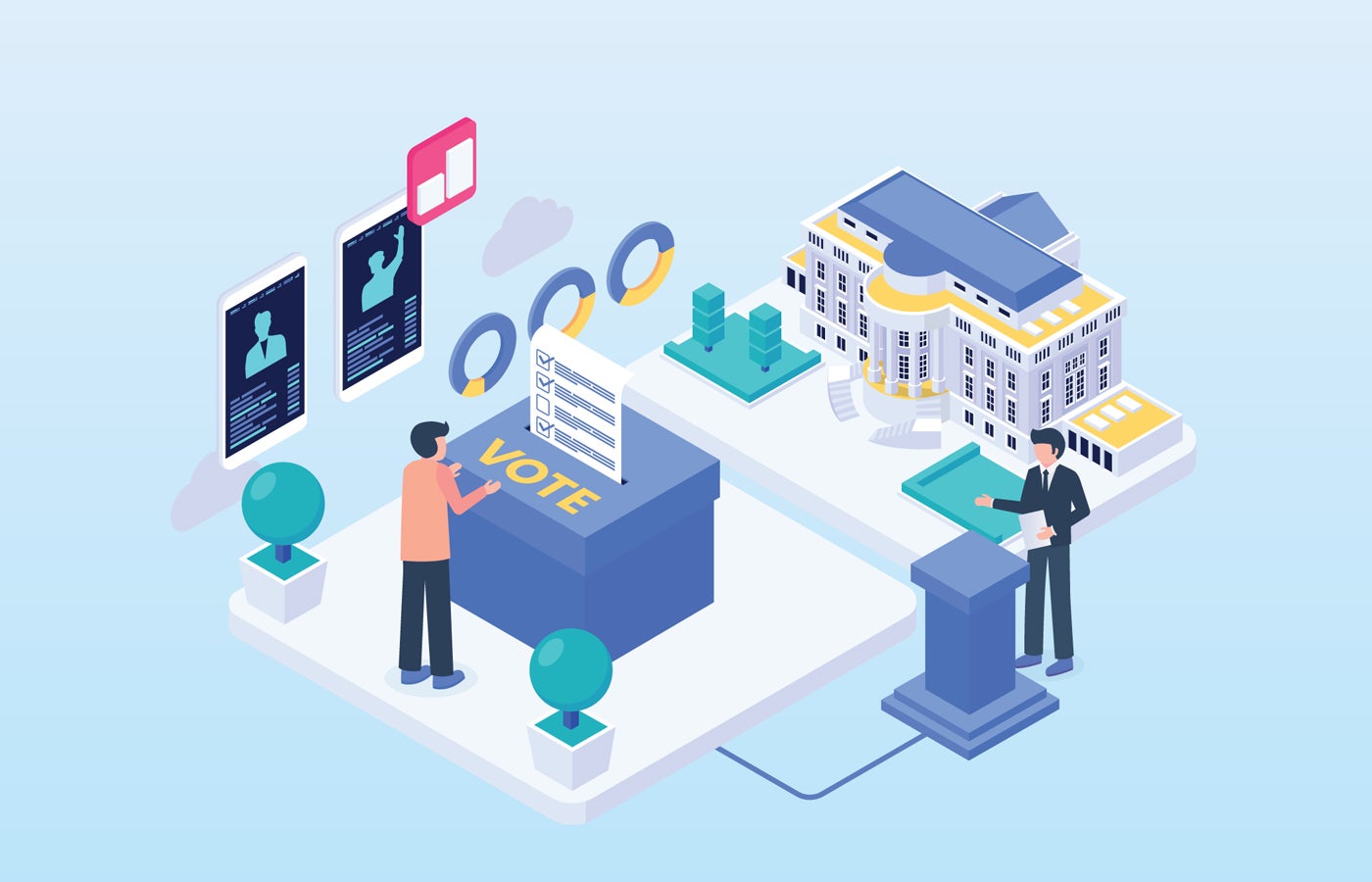One company has created a solution to merge the diverse cloud and analytics tools organizations juggle. Here’s hoping there will be more unity to come.
The prospect of having to integrate IT analytics assets is daunting. In the Internet of Things (IoT) field alone, there are more than 600 different IoT solutions in the marketplace, many of them with their own proprietary and non-interoperable operating systems. There are also myriad analytics tools and query softwares in the market, not to mention the preponderance of legacy software that enterprises still run—and depend on—as input and key vectors into their analytics.
SEE: Cloud data storage policy (TechRepublic Premium)
A handful of middleware vendors have tried to address the problem, but even the best of them features only 200 API interfaces to various softwares, tools, and platforms, which can’t solve every company’s integration issues.
This made it all the more noteworthy when in January 2021 Teradata announced a new cloud-based platform that will enable clients to manage all of their on-premises and cloud-based analytics assets from a single overarching cloud-based platform—and integrate the cloud subscriptions and payments through a single platform.
“The goal was to give companies a better way of managing their data through a single platform that could interoperate with multiple clouds such as Google, Microsoft Azure and AWS,” said Steve McMillan, Teradata CEO. “In this way, (customers) can integrate their software and data, their payments for all of their cloud platforms, and their governance and security, all in a single platform.”
If the solution delivers results and avails a single data and payment management platform that is form fit to the typical company’s multicloud and on-premises computing environment, IT will no longer have to manage data repositories on each cloud or on-prem environment as it does today. IT also will not have to individually configure its data security on each individual cloud, with the added pressure of having to learn each cloud’s rules for security implementation. And if IT has multiple subscription contracts with multiple cloud providers, it won’t have to individually manage all of the contracts and payment processes for those, either. Instead, payments can be processed through a single cloud-based platform that is layered over all of the native cloud environments in which IT operates.
SEE: Top cloud providers in 2020: AWS, Microsoft Azure, and Google Cloud, hybrid, SaaS players (TechRepublic)
“For our existing customers, this gives them the opportunity to modernize their data fabrics quicker,” McMillan said. “The billing models go all the way through the stack, meaning clients won’t need an individual agreement with each cloud operator. This shortens time to implementation of analytics and bill processing, and creates agility.”
From an IT workflow standpoint there is a lot to like about the concept, and IT leaders can only hope other solution providers in the market will also pay more attention to IT workflows and how to make them easier.
The other thing that IT analytics workflow simplification delivers is a way for enterprises to be more prepared for the data and processing avalanches that are certain to occur with the implementation of technologies like 5G.
If analytics and data management vendors can deliver more agile, flexible, and interoperable solutions that can upwardly scale with increasing data and processing workloads, while also managing security and billing from a single point, IT will have investment and workload protection for the future.





